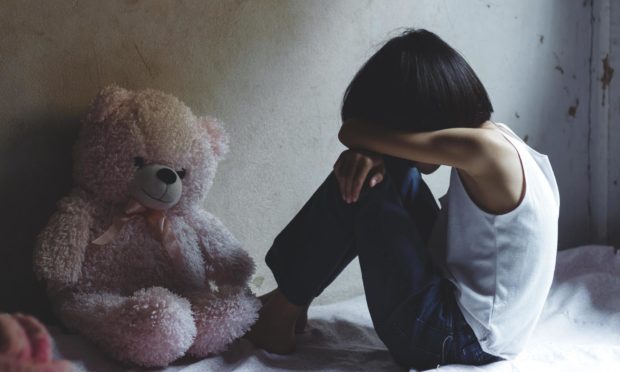While their paths would never have crossed during Hayley Davidson’s tragically short life in Fife, her story echoes that of a similar-aged youngster in Perth and Kinross.
Both were mistreated by people who should have been caring for them.
Both received inadequate support from some of the professionals whose job it was to protect them.
And both were coincidentally called “Child B” in long-delayed investigation reports which we have uncovered in recent weeks.
The separate Significant Case Reviews into the two Child Bs were also similarly quietly uploaded onto a sub-section of their local authority website, one of which has now been taken down.
They were unlikely to have been seen by anyone other than officials who work in the field. And that was probably the intention.
However, just by publishing the executive summaries at all, the child protection committees for Fife, and Perth and Kinross, went further than many.
Public must have confidence
Authorities often refuse to disclose any details about the SCRs they carry out at all.
Child protection chiefs insist the privacy of the families involved is paramount.
It is also undoubtedly the case that they fear the media attention around such SCRs can lead to the vilification of officials or family members involved, and want to move away from that “blame game”.
But that desire has to be balanced with the need for transparency.
It must be remembered that these types of reviews are only held in the most extreme cases – when a youngster has died or suffered significant harm, including as a result of neglect or abuse, and the family had been known to child protection services.
How can the public, and their parliamentary representatives, know whether our over-stretched and hard-working care staff need more support and resources, if the consequences of their most serious mistakes are kept hidden?
The life of the youngster in Perth and Kinross was saved because a member of the public alerted police with concerns for their welfare.
Last month, new guidance was issued in Scotland, which rebrands SCRs as “learning reviews”.
But how can the public have confidence that lessons have been learned when they are not told what has gone wrong in the first place?
And is it appropriate that the decision on whether or not to keep these reports secret often falls to the leaders of local organisations which might be criticised if they were published?
Duty to be open and transparent
While there were some similar issues raised as a result of the SCR of Child B in Fife, and the review into Child B in Perth and Kinross, one major difference stands out in the two cases.
The life of the youngster in Perth and Kinross was saved because a member of the public alerted police with concerns for their welfare.
Publicity around high-profile child neglect or abuse cases is known to lead to an increase in such calls from the public, as was witnessed in the wake of the infamous “Baby P” death in London in 2007.
Such a rise in referrals may lead to extra pressure on social work departments, health visitors or other officials, but if it does then there should be an informed debate around priorities, staffing and resourcing.
Because there is surely a duty to be open and transparent about past failures if it can, in any way, increase the chances that the lives of vulnerable children might be saved.
